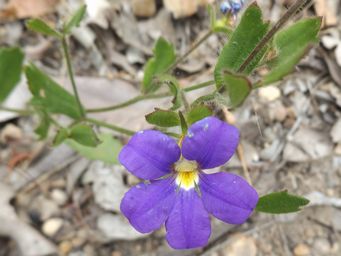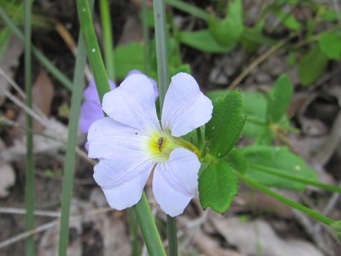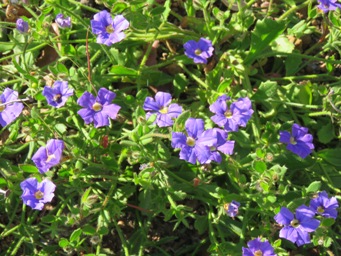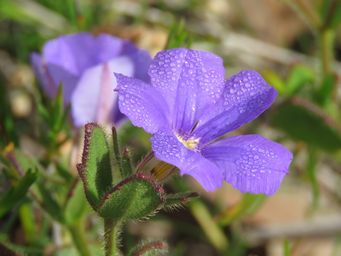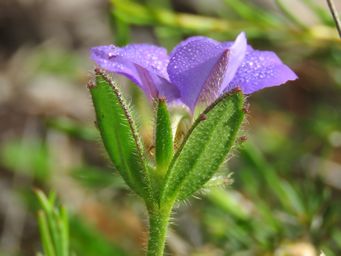Australia So Much to See
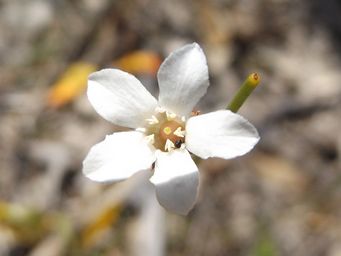
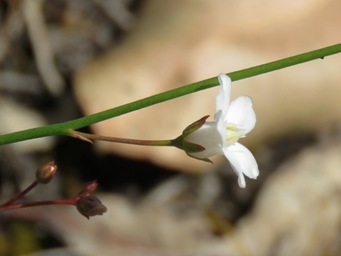


Santalum acuminatum, Quandong, Wongup, (and variations Wanga, Wong, Wongil, Wonyill, Wungal, Worinj, Wongal, Wolgol, Wanyill).
A small
tree which has a compact shape, with narrow elongated leaves that droop downward. Small pale green flowers that give rise to
bright red fruit which appear pitted as they dry. Trees are hemiparasitic, required a host to establish.
Can flower at any time of
year.
Photographed in November with fruit withering and dropping, between Katanning and Nyabing, Great Southern region, and with green
fruit in August at Merredin, Wheatbelt region, Western Australia. Grows through most areas of the state with the exception of
the Kimberley region. Grows in other states, where it is commonly known as Sweet Quandong, and a number of different Aboriginal
names according to the area. Also found in the southern and central regions of most mainland states.
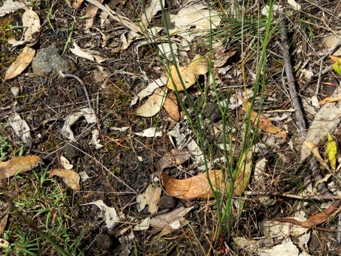
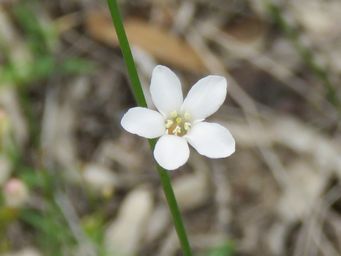
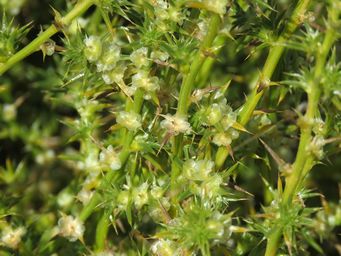
Salsola australis, Prickly Saltwort, Roly-poly, Buckbush, Tumbleweed, Soft Rolypoly, Prickly Rolypoly, Australian Tumbleweed.
A very
spiny green plant with ribbed stems and the leaves forming spines. Small shrubs can reach up to a metre in height. Flowers consist
of shiny cream translucent petals.
August
Photographed near Yalgoo and found throughout Western Australia, and throughout all other
mainland states.


Santalum spicatum, Sandalwood, Native Sandalwood, Western Australian Sandalwood, and Aboriginal names in the many different areas
include Uilarac, Birdilyba, Kirti, Munyunpa, Parnjal, Pikarra, Tarrtjanpa, Tujan. Tujanpa, Dutjahn, Thumbuny, Walarda, Walku, Warlka,
Wirawayin, Wang, Waang, Willarak, Wolgol, Wallgat.
A hemiparasitic tree that requires a host until it is establish. Trees can
grow to five metres high. Flowers are small, with a tiny green square shaped bud that opens out with four short red petals. Round fruit form, turning orange to brown on ripening. Light green leaves are elongated oval which point outwards, upwards and
downwards.
Sandalwood trees are sought for their scented wood and essential oils. Sandalwood was heavily harvested
for export, hence population in the wild has reduced significantly. It is illegal to cut down wild Sandalwood trees. They
can be grown on private land for commercial uses, and can be harvested by some Aboriginal communities.
Mostly flowers from January
to June. Photographed here with fruit forming in August at Merredin and Woolgangie.
Grows through much of the state except
the South West, Kimberley and northern Pilbara regions.
